How to Tell If Your Headache Is Actually a Migraine

If you're suffering from a headache, you probably don't know how to figure out whether it's a migraine or a different type of ailment. Fortunately, you can do some simple tests at home to help determine the condition. These tests will decide whether you have a headache or migraine. If there is a possibility of some other ailment, our sleep center in Naperville will provide a better understanding of which treatment options you can seek.
If your headache is not severe, you might be suffering from a sinus infection. Sinus infections are a common cause of headaches. In some cases, a sinus infection causes typical symptoms of a migraine. The symptoms may include thick, white, pulsating nasal discharge, pressure, and fever. A sinus infection will generally clear up within seven days, although it may last for a bit longer.
While many factors may cause a migraine, it's essential to know how to tell a migraine from a headache. The pain of a migraine can range from light-sensitive to sound-sensitive, so it's essential to seek medical treatment for severe migraine pain. In general cases, a migraine headache is always accompanied by other symptoms. Taking anti-migraine medications can help you control your symptoms and even prevent them from coming back.
Migraine headaches are the most common types of headaches and are often associated with other problems. Although migraine is usually short-lived, it can be debilitating at times. Therefore, getting a proper diagnosis is important. Migraine treatment is available, and the sooner a person is diagnosed with it, the better. In the meantime, lifestyle changes and OTC medication can help control the frequency and intensity of a migraine. But how do you know if you have a headache or migraine?
Migraine Diagnosis
A correct migraine diagnosis requires a comprehensive assessment of the patient's medical history and the severity of their headache. You must determine the immediate cause of a migraine attack, and you should choose the type of treatment accordingly. The most common form of treatment for a migraine is a combination of relaxation techniques and painkillers. While this may not cure your migraine, it can certainly help you manage and reduce the frequency of attacks. Also, pain medications are not always effective, and the side effects can last for days.
Causes of Migraine
There are many different possible causes of migraine. For many people, the headache is caused by a variety of factors, but the actual source may not be in the head. It can be triggered by certain conditions, like certain types of light, changing weather conditions, and even some medications.
Unhealthy food or stress can be a common cause of a migraine. Both of these can cause severe migraine episodes. In addition to stress, migraine is usually associated with a dull ache and sensitivity to light. It can also affect the eyes, sinuses, and jaw in severe cases. Also, if your headache is accompanied by nausea, it can be a symptom of a more serious illness. So, finding the cause of your migraine is vital for treating the condition.
There is a strong connection between migraine and sleep apnea, and both disorders are common in the general population. As a result, our center for sleep apnea treatment in Naperville believes that addressing the cause of sleep disturbances is important for curing migraines.
Phases of Migraine
Hemiplegic
Among all forms of migraine, hemiplegic migraines are the most common and can affect one side of the body. Despite their short duration, the migraine symptoms are often a part of the attack. Some people experience hemiplegic headaches on one or both sides of their bodies. In severe cases, the afflicted side of the body is entirely incapacitated. This condition can last several days without treatment.
Atypical
The most common type of headache or migraine is called an atypical. The atypical type is often characterized by a headache accompanied by an aura phase. In addition to the aura, you may experience a flash of light or black dots. Atypical migraines can occur without warning signs and can plunge straight into the pain phase.
The atypical stage is often the worst in terms of the attack. The pain can last for hours or days and can prevent a person from engaging in normal activities. During this phase, even everyday activities can aggravate the pain. This is when you should seek medical attention. You may feel nauseous or have trouble concentrating. This phase will come on gradually, and you may be able to perform them normally after treatment.
Prodrome
Some sufferers may even experience migraine episodes without any recognizable migraine symptoms. For instance, you may have a migraine without any visual disturbances. This period is known as the prodrome. During the prodromal phase, most migraine sufferers will have a persisting headache. A dull or pulsating headache may persist during this phase, and depending on the severity of the headache, this postdrome phase can be quite debilitating.
Postdrome
During the postdrome phase, migraine sufferers may experience a change in mood or feelings. These symptoms include apathy, fatigue, and an increased sense of hunger. In addition to this, they may experience a dull headache that persists for several hours or days. Once you've figured out the type of pain you're experiencing, the next step is to consult your doctor.
Consult our center for sleep apnea treatment in Naperville for effective migraine treatment.
Migraine Symptoms
Mild Headache
A migraine may start out as a mild headache, but it will become progressively more severe. In some cases, the pain is associated with auras. The aura phase can precede the migraine. The presence of an aura is a major sign that the migraine is coming. Some people may also have other symptoms, such as food cravings or increased yawning. It's best to see a doctor as soon as you notice any of these symptoms.
Nausea
A migraine is a pain that comes with many other symptoms. It can range from a mild throbbing to a sudden, intense pain that lasts for more than half an hour. It may also be accompanied by nausea or vomiting. While it is essential to visit your doctor, you should be aware of the signs and how to tell a migraine from a headache.
Audio Visual Sensitivity
Migraine symptoms go beyond a typical headache. In addition to a headache, migraine sufferers can experience sensitivity to light and sound. Therefore, in addition to being in hot weather, people suffering from migraine should limit their exposure to sunlight.
Yawning
The headache or migraine is usually felt on one side of the head, but it can also affect both sides. A mild to moderate migraine attack may start with excessive yawning, which may last for minutes or hours. Some sufferers report yawning every few minutes, and sufferers cite yawning as a warning symptom. A migraine attack may last anywhere from four to seven days, depending on how severe it is and whether it is treated.
Food Cravings
People should try to limit their consumption of certain foods that can trigger their attacks. They include dairy products, chocolate, artificial sweeteners, cured meats, and anything with a strong smell. Some people may also have other symptoms, such as food cravings. It's best to see a doctor as soon as you notice any of these symptoms.
Other symptoms
Headache or migraine is usually accompanied by several other symptoms, including difficulty speaking and speech. The headache can be excruciating, and the sufferer may feel depressed or exhausted. In addition to the headache, other symptoms associated with migraine include depression, anxiety, and fatigue. In some cases, it can interfere with a woman's menstrual cycle. A woman's body temperature, if abnormal, can also cause a migraine. In some cases, it can interfere with a woman's menstrual cycle.
Conclusion
The relationship between sleep and migraine is complex. Sleep apnea and migraine headaches are different types of conditions. Migraines usually occur during the days and may be accompanied by other symptoms such as light sensitivity. Sleep apnea usually works during sleep, but the resultant fatigue can be a migraine trigger for many. Also, these headaches can be a significant source of exhaustion for those who suffer from migraines regularly and must be addressed immediately.
Visit our sleep center in Naperville for a proper diagnosis and the best migraine treatment.
CONTACT INFORMATION
Phone: (630) 305-7914
Email: frontdesk@suburbantmjcenter.com
Address: 1309 Macom Drive, Suite 107
Naperville, IL 60564
CONNECT WITH US
All Rights Reserved | Website Designed By: Morningdove - Accessibility Statement











